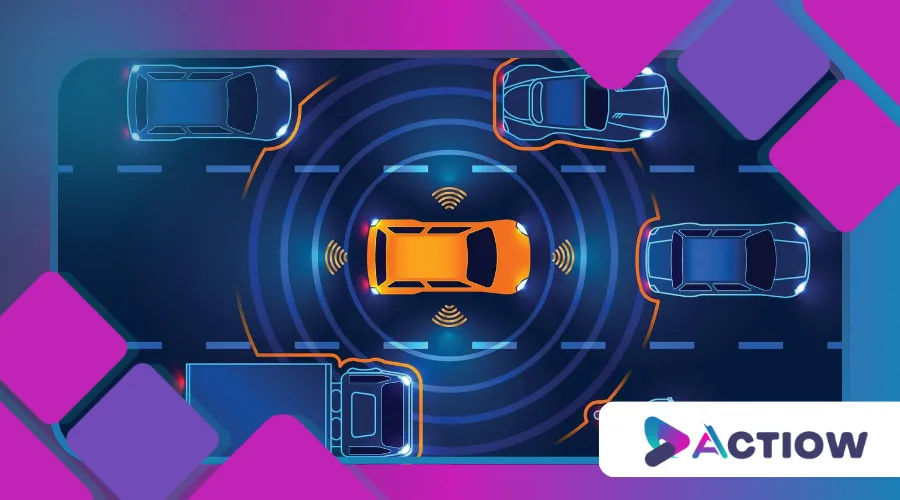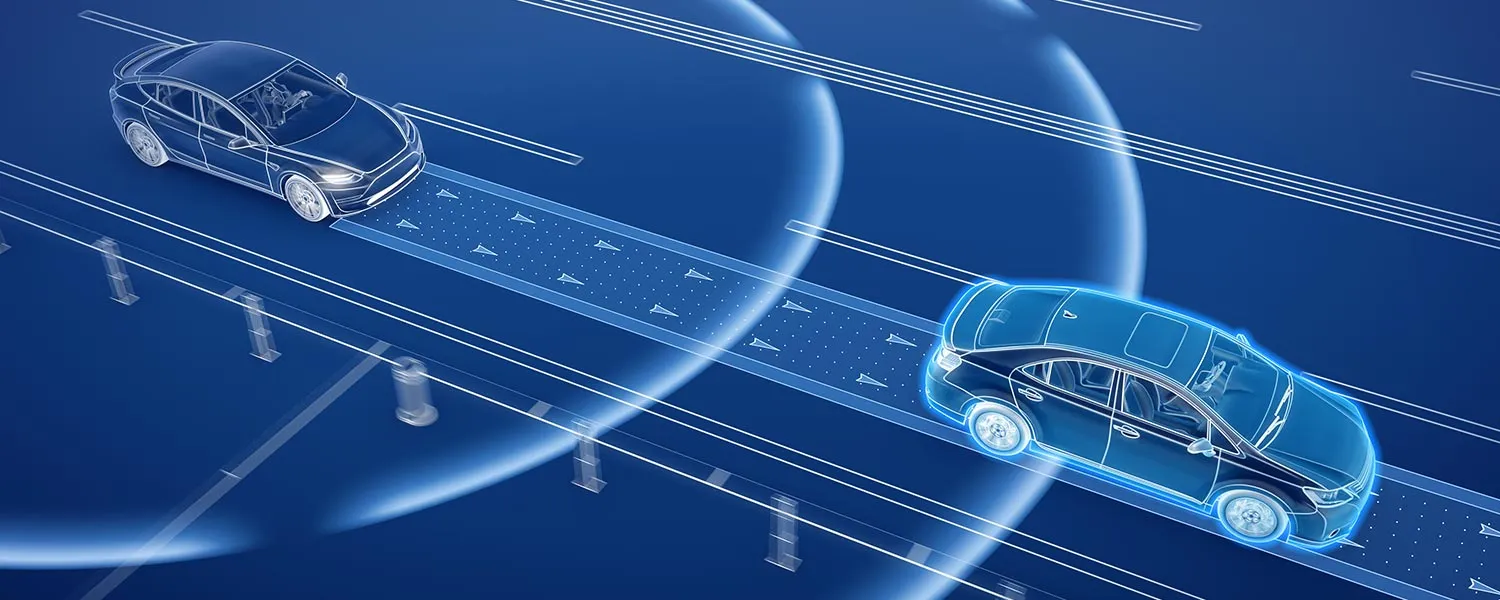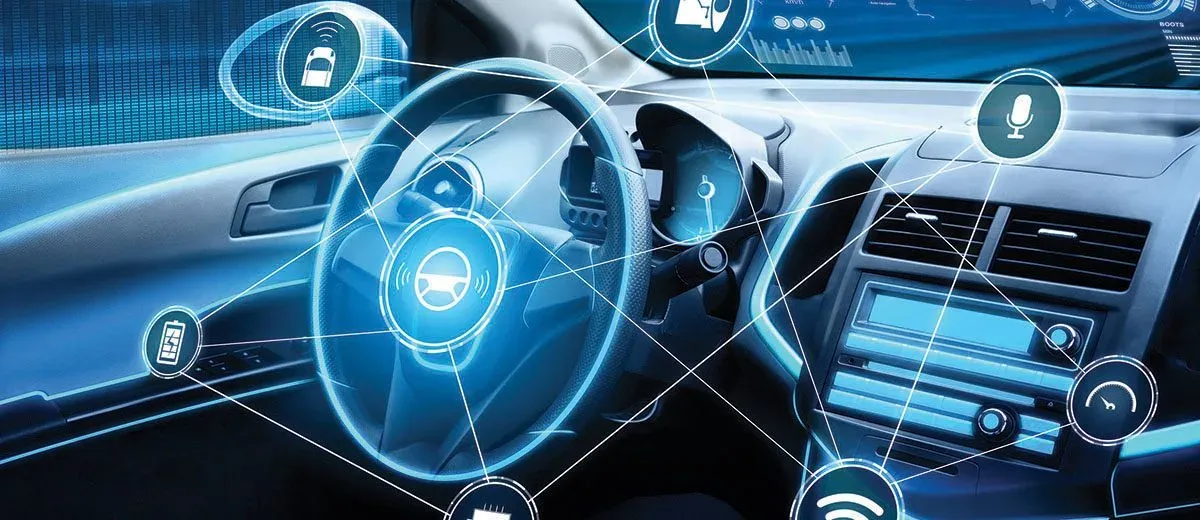Driver Assistance Systems: What They Are and How They Work

Anúncios
In the ever-evolving world of automotive technology, driver assistance systems have emerged as a cornerstone of modern vehicle safety and convenience.
These advanced systems, powered by a combination of sensors, cameras, and artificial intelligence, are designed to assist drivers in navigating the complexities of the road.
But what exactly are they, and how do they function?
Anúncios
This article dives deep into the mechanics, benefits, and future of these innovative technologies, offering a comprehensive look at how they’re transforming the driving experience.
As more consumers become aware of the benefits of these systems, the demand continues to rise.
Automakers are responding by integrating advanced driver assistance features into their vehicles, making them more accessible to the average driver.
The Evolution of Driver Assistance Systems
The concept of driver assistance systems isn’t new.
Early iterations, such as anti-lock braking systems (ABS) and traction control, laid the groundwork for today’s sophisticated technologies.
However, the integration of AI and machine learning has propelled these systems into a new era.
According to a 2023 report by McKinsey & Company, the global market for advanced driver assistance systems (ADAS) is projected to reach $550 billion by 2030, driven by consumer demand for safer and more efficient vehicles.
Modern systems go beyond basic safety features.
They now include adaptive cruise control, lane-keeping assist, automatic emergency braking, and even semi-autonomous driving capabilities.
These innovations are not just about convenience—they’re about reducing human error, which accounts for approximately 94% of all traffic accidents, as reported by the National Highway Traffic Safety Administration (NHTSA).
As technology continues to advance, we can expect to see even more features being integrated into vehicles, such as automated parking and enhanced navigation systems.
This evolution reflects a broader trend towards automation in various industries, highlighting the potential for enhanced safety and efficiency on the roads.
+ Self-Driving Cars: Has the Future of Mobility Arrived?
How Driver Assistance Systems Work
At their core, driver assistance systems rely on a network of sensors, cameras, radar, and LiDAR to monitor the vehicle’s surroundings.
These components work in tandem to create a real-time map of the environment, enabling the system to make split-second decisions.
For example, adaptive cruise control uses radar to maintain a safe distance from the vehicle ahead, adjusting speed automatically.
Similarly, lane-keeping assist employs cameras to detect lane markings and gently steer the car back into its lane if it begins to drift.
Here’s a breakdown of the key components:
| Component | Function |
|---|---|
| Cameras | Detect lane markings, traffic signs, and pedestrians. |
| Radar | Measures distance and speed of nearby objects. |
| LiDAR | Creates high-resolution 3D maps of the environment. |
| Ultrasonic Sensors | Assist with parking and low-speed maneuvers. |
These technologies are integrated into a centralized control unit, which processes data and executes commands.
The result is a seamless interaction between the vehicle and its surroundings, enhancing both safety and driving comfort.
As these systems become more sophisticated, they are increasingly able to predict and respond to potential hazards before they occur.
This proactive approach not only improves safety but also enhances the overall driving experience by reducing stress for the driver.

The Benefits of Driver Assistance Systems
The advantages of driver assistance systems extend far beyond convenience.
For one, they significantly reduce the likelihood of accidents.
A study by the Insurance Institute for Highway Safety (IIHS) found that vehicles equipped with forward collision warning and automatic braking systems experienced 50% fewer rear-end collisions.
Additionally, these systems alleviate driver fatigue, particularly on long journeys.
Features like adaptive cruise control and lane-keeping assist allow drivers to relax without compromising safety.
This is especially beneficial in heavy traffic or on monotonous highways.
Moreover, driver assistance systems contribute to environmental sustainability.
By optimizing speed and reducing sudden stops, they improve fuel efficiency and lower emissions.
This aligns with the growing emphasis on eco-friendly transportation solutions.
As more drivers adopt these technologies, we can expect a significant reduction in overall traffic-related emissions, contributing to cleaner air and a healthier environment.
The integration of these systems also supports the transition to electric vehicles, which further enhances their positive impact on sustainability.
Challenges and Limitations
Despite their many benefits, driver assistance systems are not without challenges.
One major concern is over-reliance.
Some drivers may become complacent, assuming the technology can handle all situations.
However, these systems are designed to assist, not replace, human drivers.
Another issue is cost.
While the price of these technologies has decreased over time, they still add a significant premium to vehicle prices.
This can make them inaccessible to some consumers.
Finally, there are technical limitations.
Adverse weather conditions, such as heavy rain or snow, can impair sensor performance.
Similarly, poorly marked roads or construction zones may confuse the system.
Additionally, ongoing maintenance and updates are necessary to ensure that these systems function effectively, which can add to the overall cost of vehicle ownership.
Addressing these challenges will be crucial for the widespread adoption of driver assistance technologies.
++ V2X Technology: How Cars Communicate with Their Environment
The Future of Driver Assistance Systems
The future of driver assistance systems is incredibly promising.
As AI and machine learning continue to advance, these technologies will become even more sophisticated.
We can expect greater integration with smart city infrastructure, enabling vehicles to communicate with traffic lights, road signs, and other cars.
Moreover, the line between driver assistance and fully autonomous driving will continue to blur.
Companies like Tesla, Waymo, and General Motors are already testing vehicles with Level 4 autonomy, which can operate without human intervention in most conditions.
Here’s a glimpse of what’s on the horizon:
| Future Feature | Description |
|---|---|
| Vehicle-to-Everything (V2X) | Enables cars to communicate with infrastructure and other vehicles. |
| Predictive AI | Anticipates potential hazards based on driving patterns and road conditions. |
| Enhanced Biometric Monitoring | Monitors driver fatigue and health in real-time. |

The integration of V2X technology will further enhance the capabilities of driver assistance systems, allowing for a more connected and responsive driving experience.
As these technologies evolve, we may also see new applications emerge, such as real-time traffic updates and personalized navigation assistance based on individual driving habits.
For more insights into the future of automotive technology, visit Automotive News.
Are Driver Assistance Systems Worth It?
The question of whether driver assistance systems are worth the investment depends on individual needs and priorities.
For safety-conscious drivers, the peace of mind these systems provide is invaluable.
Families, in particular, may find the added protection for passengers to be a compelling reason to invest.
On the other hand, budget-conscious buyers may prefer to prioritize other features.
It’s also worth noting that not all systems are created equal.
Some manufacturers offer more advanced and reliable technologies than others, so thorough research is essential.
Additionally, potential buyers should consider the long-term benefits of these systems, such as reduced insurance premiums and lower maintenance costs due to fewer accidents.
Ultimately, the decision to invest in driver assistance systems should align with personal driving habits and safety priorities.
Conclusion
Driver assistance systems represent a significant leap forward in automotive technology.
By combining cutting-edge hardware with intelligent software, they offer a safer, more efficient, and more enjoyable driving experience.
While challenges remain, the potential benefits far outweigh the drawbacks.
As these technologies continue to evolve, they will play an increasingly important role in shaping the future of transportation.
Whether you’re a tech enthusiast or a cautious driver, there’s no denying the transformative impact of driver assistance systems.
So, the next time you’re behind the wheel, take a moment to appreciate the incredible technology working tirelessly to keep you safe.
After all, the road ahead has never looked brighter.
This article not only highlights the technical aspects of driver assistance systems but also explores their real-world implications, challenges, and future potential.
By balancing technical details with engaging storytelling, it provides a comprehensive overview that appeals to both tech enthusiasts and everyday drivers.
